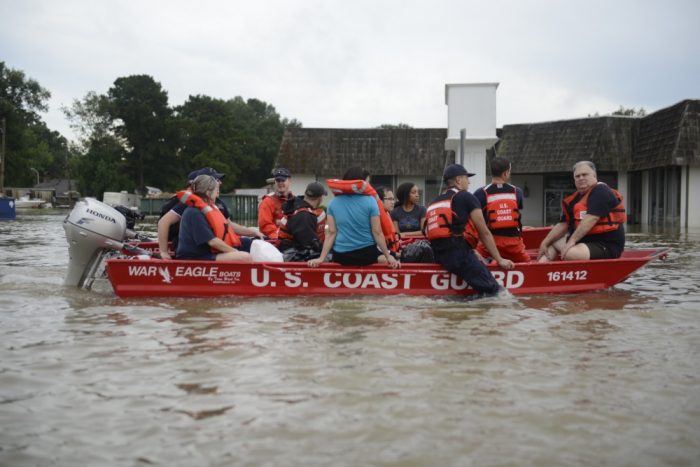Policy Makers Face Difficult Choices
Here’s a prediction I feel confident supporting: the number of deaths and the amount of property destruction resulting from natural disasters will continue to climb.
The reasons are many: increasing populations, the growing number of people living in vulnerable areas, and the impact of climate change, to name just a few.
And here’s another prediction: the debate about what to do in response to disaster destruction will also continue to grow, and finding good solutions will be difficult and time consuming. Over the next few years, we see an increasing debate between well-meaning civil servants and angry citizens about where we live and in what kind of dwellings we can occupy.
What made me think about this was a survey undertaken by the Rockefeller Foundation and reported in the Washington Post.
The survey, conducted by the Associated Press-NORC Center for Public Affairs Research, asked a series of questions about rebuilding after a big storm. It compared the answers of people living in the hardest-hit neighborhoods of New York and New Jersey following Hurricane Sandy to respondents nationwide.
Of those living in New York/New Jersey, 79% said they “favored government funding to help victims of such disasters rebuild in the same neighborhood.” Nationwide the response was considerably less but still a substantial majority – 65% favored rebuilding. A majority of both groups also “favored state governments purchasing homes in disaster-stricken regions so residents can move to a safer area,” with a 59% response rate for New York/New Jersey residents and 53% nationwide.
The survey also showed that “about 1 in 4 Americans believe they live in an area extremely at risk in the next five years of being hit with a hurricane, tornado, earthquake, severe flooding or fire that causes widespread destruction.”
When Sandy hit the New Jersey shore, New Jersey Gov. Chris Christie vowed to quickly rebuild it the “way it was when I was a boy.” But nine months later, FEMA maps, complicated financing and soaring insurance premiums are significantly altering the Governor’s bold claim. The New Jersey shore isn’t going to be rebuilt just the way it was. Neither is Biloxi or New Orleans or Rockaway Beach. And that’s probably a good thing.
The urge to rebuild is powerful. Family traditions, neighborhood ties, personal finances, and employment requirements are all strong reasons to stay and try to keep things the way they have always been. But the inevitability of rising sea levels and increasing storms mean a way of life is slowly going to need to change. This is going to be a painful transition that government can’t solve alone. Private philanthropists are going to need to be leaders in making it happen acting as community conveners, solution providers and supporters of creative ideas.
More like this

Creating a Personal Strategy for Disaster Giving

